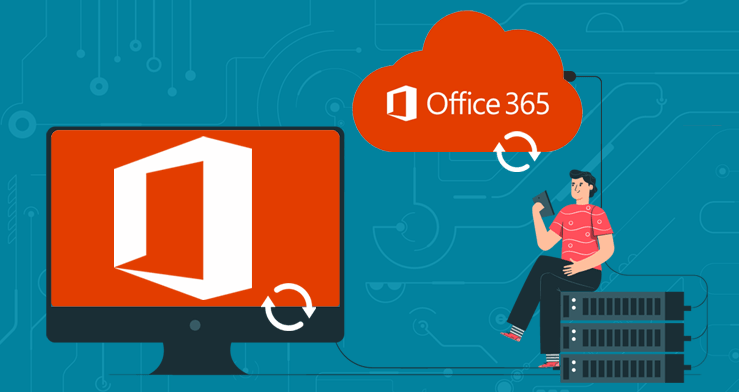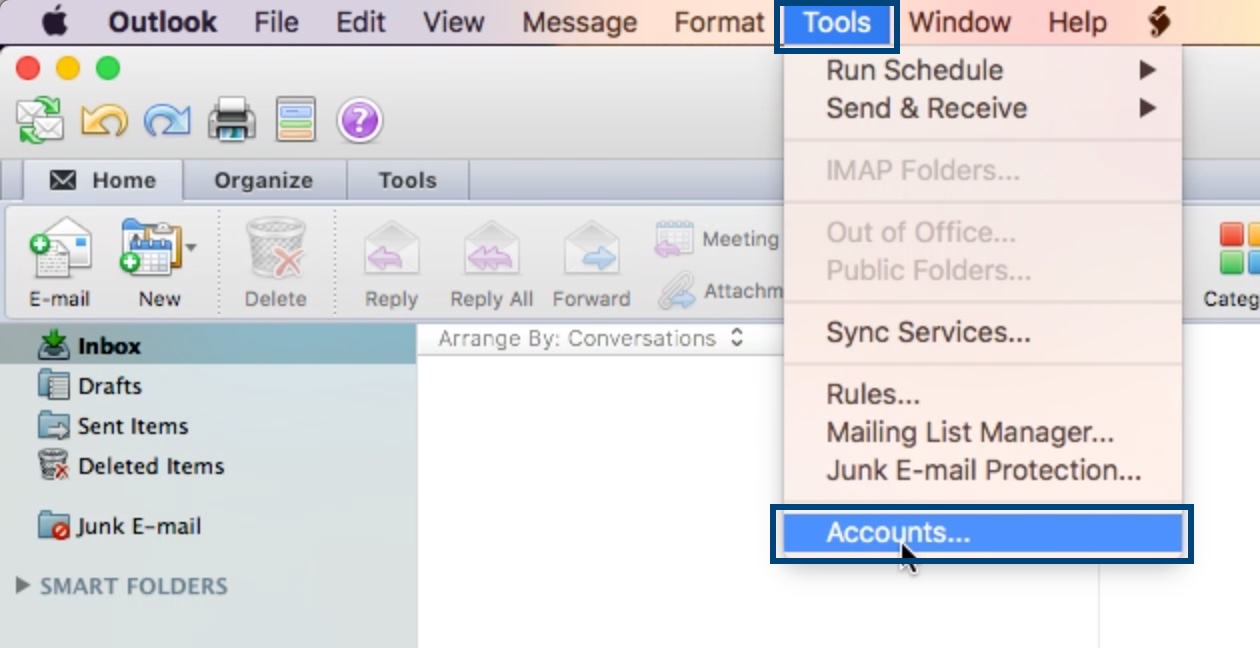

- #OUTLOOK FOR MAC NOT SYNCING FULL#
- #OUTLOOK FOR MAC NOT SYNCING PC#
- #OUTLOOK FOR MAC NOT SYNCING SERIES#
- #OUTLOOK FOR MAC NOT SYNCING WINDOWS#
It involves a few extra steps, but it’s still pretty straightforward.įirst, you’ll need to sync both of your calendars to the cloud. Using iCloud to sync your Microsoft Outlook and iPhone calendars isn’t quite as simple as using iTunes, but don't worry. Using iCloud to sync Microsoft Outlook and iPhone calendars Luckily, there is another way: syncing your Microsoft Outlook and iPhone calendars using iCloud. Some workplaces restrict the type of applications employees are allowed to have or use on their desktop computers, which may include iTunes.
#OUTLOOK FOR MAC NOT SYNCING PC#
This is especially true if you're syncing a work PC with a personal iPhone. You might not want or be able to use iTunes to sync your calendars across devices, however. To do so, open the calendar app on your iPhone as well as calendar view in Outlook on your PC. At this point, you can disconnect your iPhone from your computer and double-check to see that your calendar events are in sync. Step 8Ĭlick the Apply button in the lower right-hand corner of the window, and you’re done. You also have the option of checking this box and adding a number to only sync events from a specified time ago. If you’d like to sync your entire calendar regardless of date, make sure the box next to Do not sync events older than X days is unchecked. You can either click the button next to Selected calendars to pick particular calendars for syncing, or you can select All calendars to sync all of your Outlook calendars with your iPhone. Now, you can choose which calendars you’d like to sync with your iPhone. Click on the checkbox next to Sync Calendars with and select Outlook from the dropdown menu.
#OUTLOOK FOR MAC NOT SYNCING SERIES#
In the main frame of the iTunes app, you should see a series of sync options. Under the Settings heading, find the Info setting. Under the icon for your phone, you should see a series of options and settings. If it’s not there, you may need to unplug your phone and plug it back in or restart iTunes. You should see an icon for your iPhone on the left-hand side of the iTunes application window. If it doesn’t open on its own, launch it. If you have iTunes installed on your PC, it should open automatically when your iPhone is recognized. Using original Apple cables can help avoid common connection problems.

You might need to check that the USB cable itself is working properly as well. If that still doesn’t work, restart your PC and your iPhone. You may also need to temporarily disable your antivirus and firewall software. If your PC doesn’t recognize your phone right away, try closing all running applications. Use a port that’s on your computer rather than a hub, unless you have a powered hub. Start by connecting your iPhone to your PC by using a USB cable and port. Both versions offer the same functions and features.Īfter you have all of that, syncing up your calendars is pretty simple.
#OUTLOOK FOR MAC NOT SYNCING WINDOWS#
You can get iTunes for Windows directly from the Apple website or, alternatively, from the Microsoft store. Then, you’ll need to have iTunes installed on the same computer where you use Microsoft Outlook. These are the gateway to all things Apple-related, even if you don't use a Mac laptop or desktop computer. The first thing you’ll need is a connected Apple ID and password. Hundreds of millions of people around the world have iTunes accounts, finding the application useful even if they don’t use Apple devices.
#OUTLOOK FOR MAC NOT SYNCING FULL#
It’s gone from being a simple media player to a full media and mobile device management utility. ITunes is one of the most widely used tech platforms on the market today. Using iTunes to sync Microsoft Outlook and iPhone calendars Both iTunes and iCloud sync calendars with Outlook relatively easily. If you use Microsoft Outlook at the office and have a personal iPhone in your pocket, you have a few options for keeping your scheduling information all in one place. Despite this history, there's some good news-over the past two decades, Microsoft and Apple have worked to make their products more compatible. This opposition has been frustrating to users who want to use products from both companies, be it hardware or software. Historically, Microsoft and Apple have been tough competitors in a tight market, with neither wanting to cede ground to the other.

If you, like many business professionals, are both an iPhone and Microsoft Outlook user, you’ll know that getting the two formats to work with each other can sometimes be a challenge. If this task doesn't work perfectly each and every time, you risk missing important meetings or report deadlines. When you're on the go, you need your calendars to sync across your devices seamlessly.


 0 kommentar(er)
0 kommentar(er)
